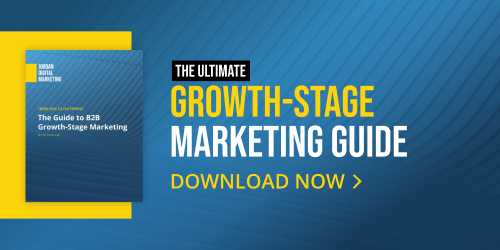Google Marketing Live 2024 will be remembered as the day AI Overviews changed the organic search landscape, but there were a lot of developments on the advertising side that drew reactions from our paid media experts.
In focus for Head of Performance Marketing Laura Schiele, Sr. Account Director Natalie Hanson, and Account Director Chelsea Gonzalez: long-awaited measurement advancements, AI-powered assets, and a couple of new features that should be tested before being broadly adopted.

GML measurement highlights
Conversion lift studies
Natalie: I'm curious to learn more about measuring impact with conversion lift studies. Data showing the impact of top-of-funnel campaigns on conversions at the bottom of the funnel is a frequent request from our clients. If this study is actually helpful in clearly proving that impact, it could be a big win for advertisers preaching a full-funnel approach (raises hand).
Chelsea: I’m really interested in joining the conversion lift study beta since a handful of clients have brought up this topic with the introduction of more black-boxy products like PMax. Understanding how mixed campaign types influence overall conversions gives us more opportunities for testing full-funnel strategies.
PMax asset-level reporting
Natalie: I’m VERY excited about asset-level reporting coming to PMax! It will be super-beneficial to be able to see and understand which assets are resonating and performing better than others and to optimize/test based on those learnings. I honestly never thought the day would come, but I guess they heard us.
Chelsea: Google (finally!) rolled out asset-level reporting to PMax! I’m definitely looking forward to what metrics they provide, and I have a feeling there may still be some limitations with columns or segmenting abilities. But it could still be a good step forward.
AI-powered creative
Chelsea: AI-powered image editing is interesting — this could open a lot of doors for clients who are limited on design resources, or whose existing designs are disapproved because of size or elements in the image.
Natalie: I’m eager to test AI creative asset production because it will help businesses quickly create new assets to test. Depending on the quality of the output, this could be a quick way to make sure we're taking full advantage of available assets. Note: if you use this function, build in some careful QA to make sure the output measures up to brand guidelines.
AI-powered ads
Laura: Google made a point to mention that long-tail searches – i.e. the “exactly what I want” searches – are trending, and while they used that as a reason advertisers should lean into PMax and broad match, I have a different opinion. It’s probably wishful thinking, but I think that trend is a great reason to eliminate “low search volume” tags in Google Ads and give advertisers back some control of match types.
Natalie: I'm stoked for AI-powered Shopping ads and think they’ll be super powerful. Product images can be so bland and miss the chance to speak to user value, but short-form video gives a ton of opportunity to do that.
Video will make Shopping ads a more narrative, engaging experience – similar to ads on social channels – which is very exciting. Virtual try-ons and 3D spins will also be huge for any type of retail/clothing company – and could potentially help limit returns, which is a pain point for retail companies with online shopping.
Final thoughts
The AI overviews and AI-powered recommendations will have a ripple effect on paid campaigns simply because they’ll draw attention from users, so our experts will keep an eye on trends as they develop. Overall, advertisers – particularly retail and B2C advertisers, with B2B companies waiting for some bones to be thrown their way – do have some new toys to play with. We’ll be sure to document findings and best practices as we roll them out in tests, so keep an eye on this space.
